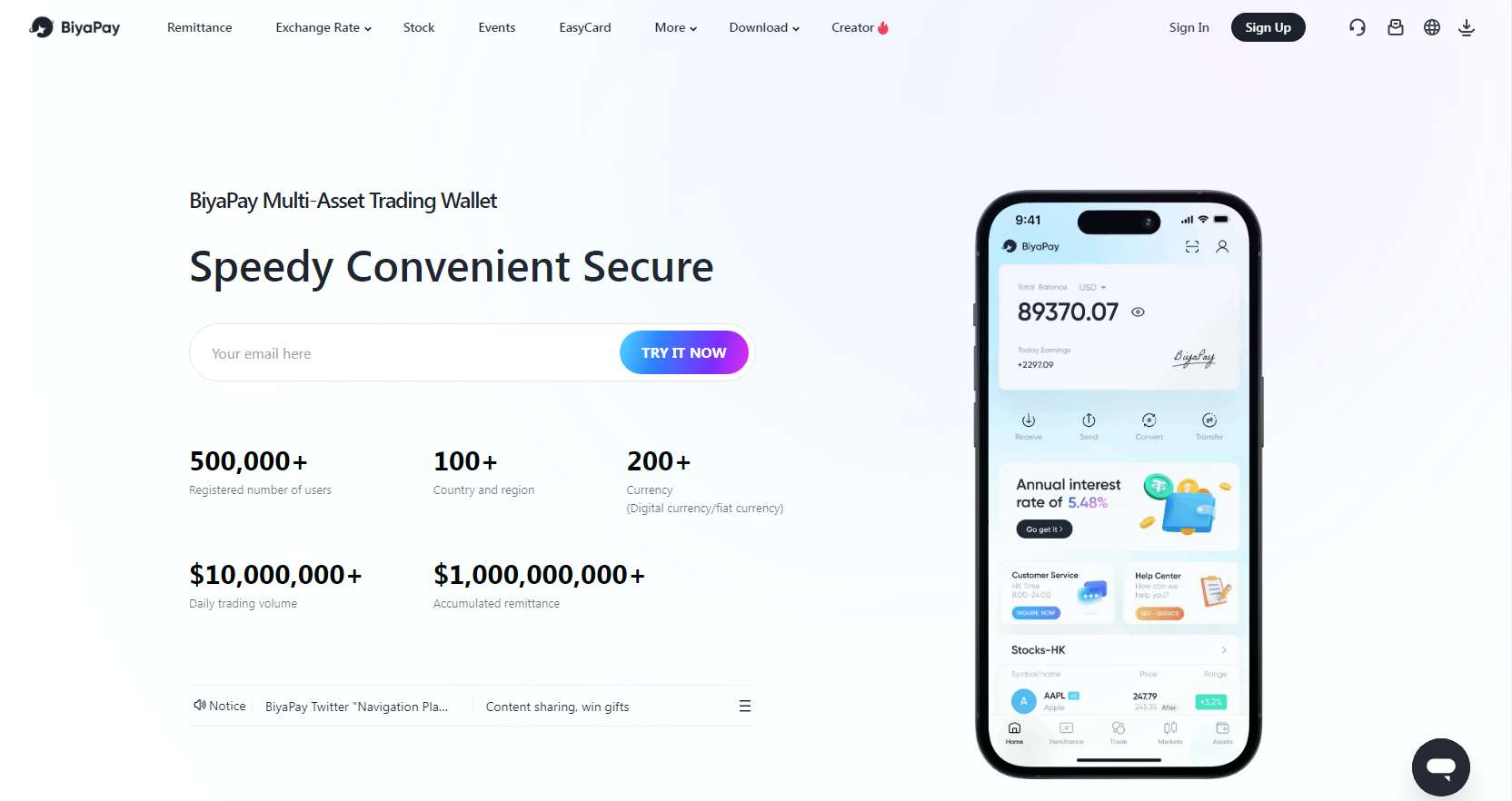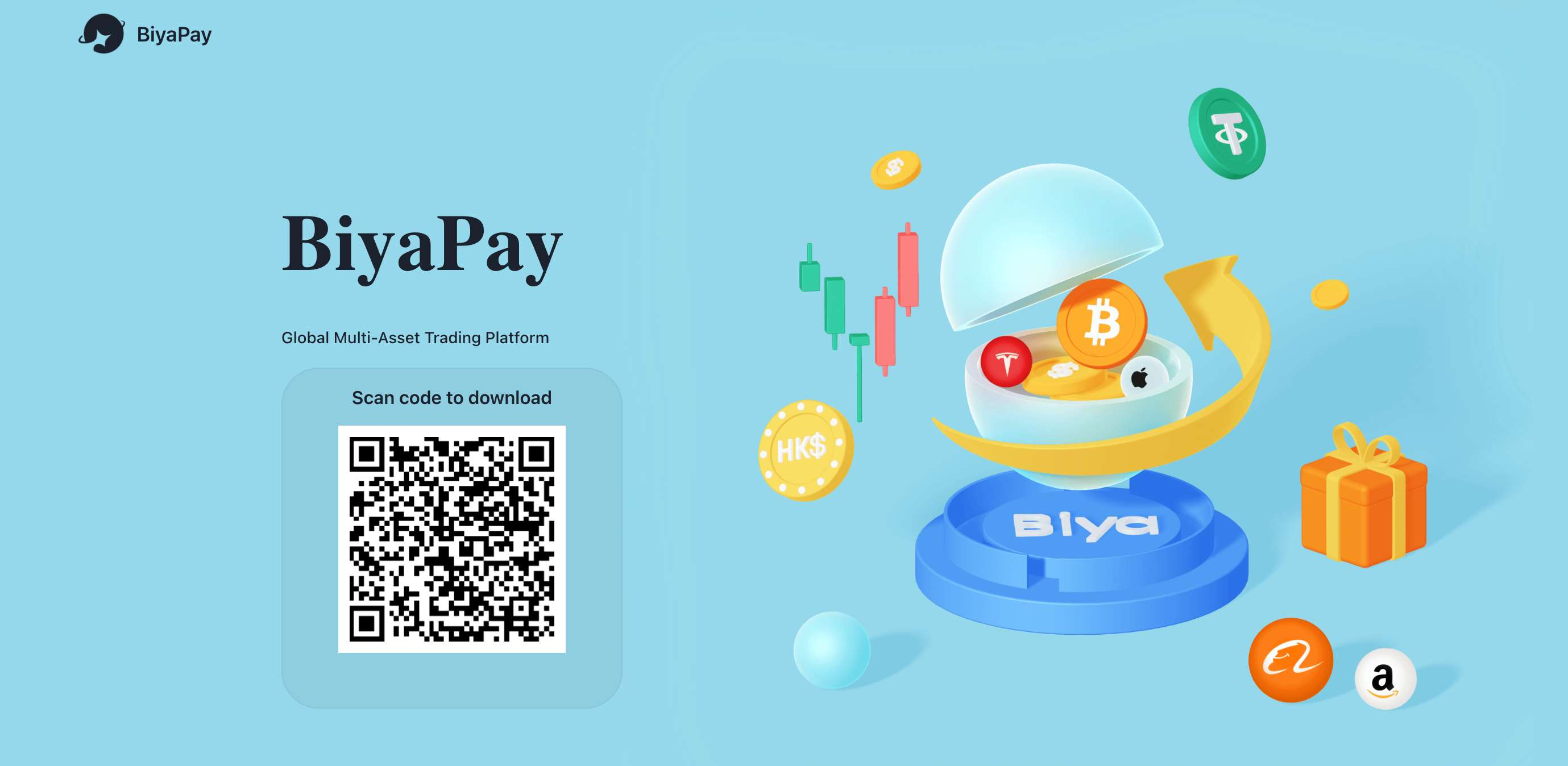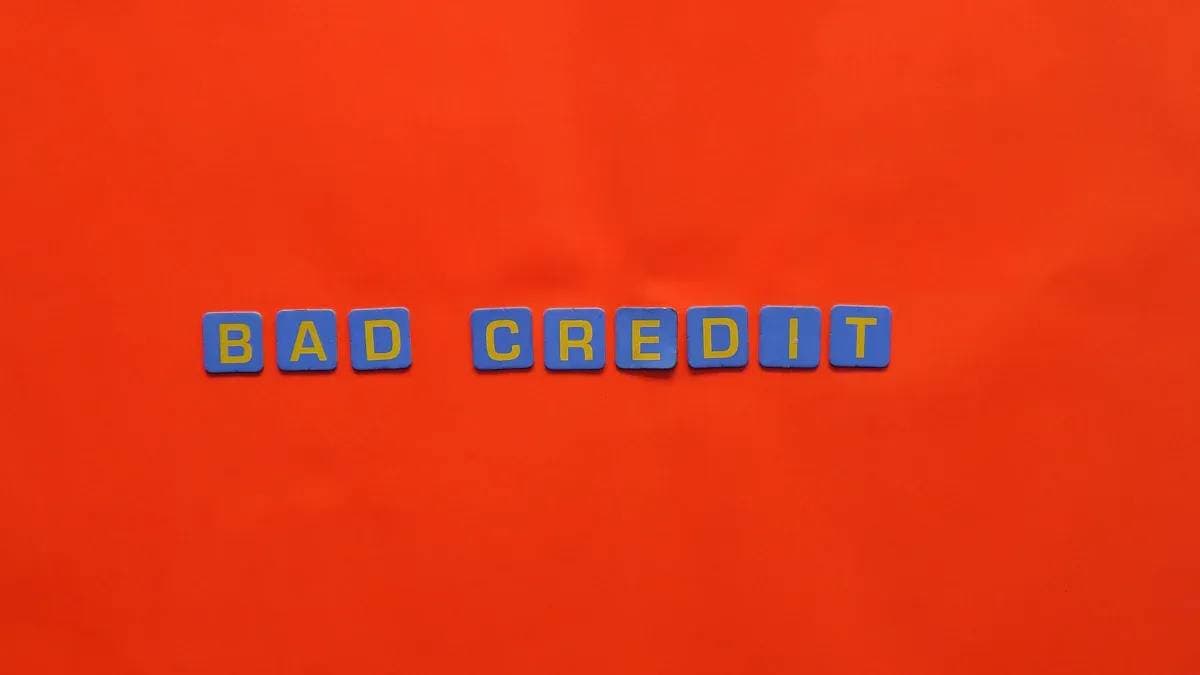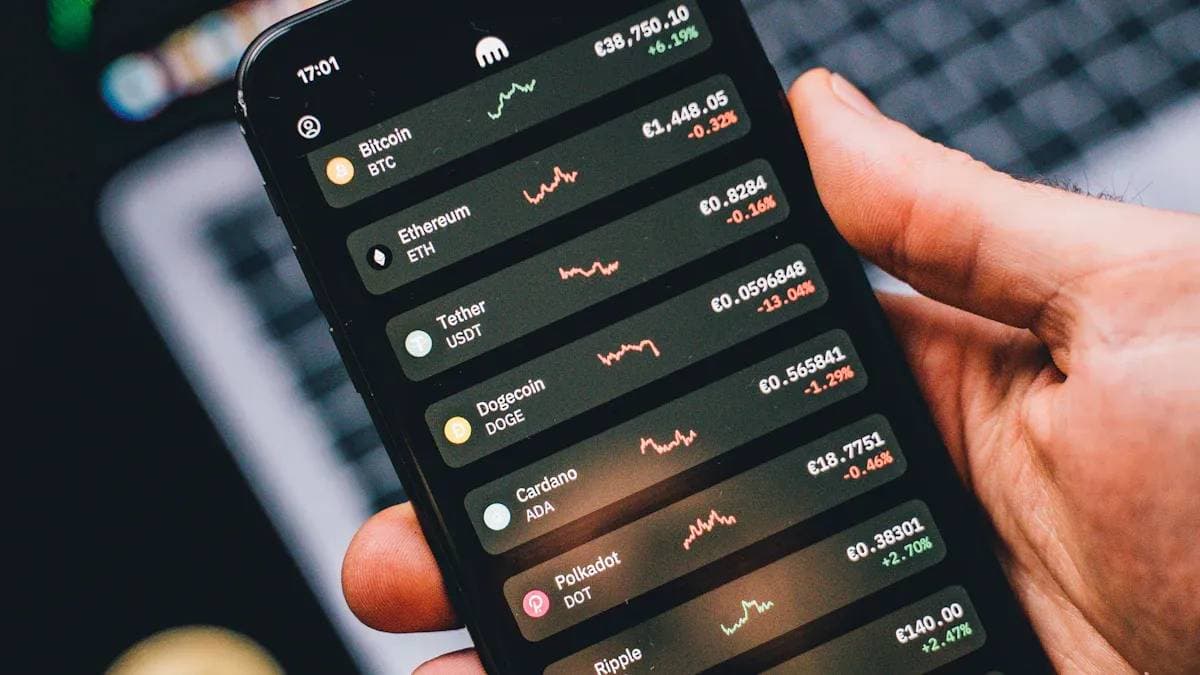Your Guide to SWIFT Codes: Find and Verify for International Banking
What is a SWIFT Code?
A SWIFT code, short for the Society for Worldwide Interbank Financial Telecommunication, acts as a unique international identifier – essentially a global postal code – for over 11,000 financial institutions in more than 200 countries and territories (SWIFT).

Established in 1973 by 239 banks to overcome the limitations of the error-prone Telex system (Wikipedia), its primary role in international banking is to ensure the accurate routing of funds across borders. Interestingly, despite its name, the SWIFT network itself doesn’t actually move money; instead, it functions as a highly secure messaging system that transmits payment instructions between banks.
In 2021 alone, this network handled an average of 42.3 million financial messages per day (Paystand, 2024), highlighting its critical role in facilitating seamless cross-border transactions. By providing a standardized address for each financial institution, the SWIFT code enables banks to communicate securely and efficiently.
This streamlined communication process minimizes the risk of errors and delays, contributing significantly to the overall security and efficiency of global financial transactions. Furthermore, while primarily known for payments, SWIFT’s messaging capabilities extend to various financial activities, with around 50% of its traffic related to securities transactions (SWIFT Securities Strategy), showcasing its broader importance in the financial world. The significance of SWIFT is underscored by the fact that exclusion from its network has become a powerful economic sanction, demonstrating its central role in the infrastructure of international finance.
Understanding SWIFT/BIC Code structure
SWIFT/BIC codes are typically 8 or 11 characters long and have a specific structure:
- Characters 1-4: Bank Code: These letters represent the bank itself (e.g., BARC for Barclays, HSBC for HSBC).
- Characters 5-6: Country Code: These two letters indicate the country where the bank is located (e.g., GB for the United Kingdom).
- Characters 7-8: Location Code: These two characters (letters or numbers) specify the bank’s head office location or a major city within the country.
- Characters 9-11 (Optional): Branch Code: These three characters (letters or numbers) identify a specific branch of the bank. If a bank has only one SWIFT code for its head office, these characters are often “XXX.”
When you see a code that follows this pattern on your bank statement or transaction details, it is likely your SWIFT/BIC code. Look for labels such as SWIFT Code, BIC, or SWIFT/BIC.
Interestingly, not every bank branch has its own unique SWIFT code. Smaller branches often use the SWIFT code of the bank’s head office. So, if you’re unsure about a specific branch code, using the head office code will usually still work for receiving international payments.
Why is a SWIFT Code important for international transfers?
A SWIFT code is absolutely vital for international transfers because it acts as the linchpin for ensuring your money ends up in the right place, swiftly and securely. The following is a breakdown of its importance.

Ensuring correct routing to specific bank branches
When you initiate an international payment, the SWIFT code acts like a precise digital address for the receiving bank. It doesn’t just identify the bank itself (like HSBC or Citibank) but can also pinpoint a specific branch within that bank’s network. The first eight characters of the code identify the bank and country, while the optional last three characters specify a particular branch. This level of detail is crucial because large international banks often have numerous branches across different cities and even countries. Without the correct SWIFT code, your funds might get lost in the labyrinthine network of international banking or end up at the wrong branch, leading to significant delays and complications for the recipient.
Reducing errors and fraud
The standardized format of SWIFT codes significantly minimizes the risk of human error during international payment processing. Unlike relying on free-form text for bank details, the structured nature of the SWIFT code provides a clear and consistent identifier that automated systems can easily recognize and process. This reduces the chances of typos or misinterpretations that could lead to funds being sent to the wrong institution. Furthermore, the SWIFT network itself employs secure messaging protocols, adding a layer of security to communication between banks regarding the transfer. While the SWIFT code itself doesn’t prevent fraud, it’s a key component of a secure international payment system by ensuring the instructions are clear and directed to a verified financial institution.
Avoiding transaction delays or failures
Using the correct SWIFT code is paramount for a smooth and timely international transfer. If the SWIFT code is missing, incorrect, or invalid, the sending bank will likely be unable to process the payment. This can lead to significant delays as the bank tries to rectify the information, potentially requiring you and the recipient to provide additional details and prolonging the entire process. In some cases, if the incorrect SWIFT code directs the funds to a non-existent or wrong bank, the transaction might even fail altogether, requiring the funds to be returned (often with associated fees and further delays). Therefore, ensuring you have the accurate SWIFT code for the recipient’s bank and branch is the most crucial step in guaranteeing a successful and efficient international money transfer.
How to find SWIFT Code
Finding your bank’s SWIFT code is essential for receiving international payments. The following are some of the most common and reliable ways to search SWIFT codes.
- Check your bank statement or online banking portal
- Bank statement: Your SWIFT/BIC code is often printed on your paper or digital bank statements. Look for sections detailing your account information or international transfer details.
- Online banking portal: Log in to your bank’s online banking platform or mobile app. Navigate to your account details or profile settings. You should typically find the SWIFT/BIC code listed there, especially in sections related to international transfers or account information.
- Use online bank SWIFT code finders
Several reputable websites offer SWIFT/BIC code finder tools. These tools usually require you to enter your bank’s name and country to identify the correct code. However, always double-check the information obtained from these tools with your bank directly to ensure accuracy.
- Request it directly from your bank
- Contact customer service: The most direct and reliable method is to contact your bank’s customer service. You can call them, send an email, or use their online chat support. Be prepared to provide your account details so they can give you the correct SWIFT/BIC code for your account and branch if applicable.
- Visit a local branch: You can also visit your local bank branch in person and ask a bank teller for your SWIFT/BIC code.
How to check SWIFT Code accuracy
Verifying the SWIFT code before sending an international payment is a critical step in ensuring your funds reach their intended destination without hiccups. An incorrect SWIFT code can lead to frustrating delays, additional fees, or even the loss of your money.

The importance of verification
An inaccurate SWIFT code directs your funds to the wrong bank or branch, causing processing errors and hold-ups. Banks may charge fees for correcting such errors, and the recipient might not receive the money in a timely manner, potentially disrupting important transactions. Therefore, taking a few moments to verify the SWIFT code upfront can save you considerable time, money, and stress.
Tools and resources for confirmation
Fortunately, several tools and resources are available to help you confirm the validity and accuracy of a SWIFT code:
- Online SWIFT BIC Code checkers: Numerous websites offer free SWIFT/BIC code checker tools. These tools typically allow you to enter a SWIFT code and will validate its format and often provide the name and location of the bank associated with it. Some popular options include those offered by BiyaPay, Bank.Codes, and SwiftCode.org. Always use reputable websites and cross-reference the information with your recipient’s bank.
- Recipient’s bank: The most reliable way to verify a SWIFT code is to directly confirm it with the recipient or their bank. Ask the recipient to double-check the SWIFT/BIC code provided by their bank. You can also advise them to obtain it directly from their bank statement, online banking portal, or by contacting their bank’s customer service.
- Your bank: Your own bank’s customer service can also be a valuable resource. If you are unsure about a SWIFT code provided to you, don’t hesitate to contact your bank and ask them to verify it. They have access to databases of valid SWIFT codes and can confirm if the code you have is correct for the intended recipient bank.
How to use a SWIFT Code checker
Using an online SWIFT code checker is generally straightforward as the steps outlined below:
- Navigate to a reputable SWIFT code checker website.
- Enter the SWIFT/BIC code you want to verify into the designated field.
- Click the “Verify,” “Check,” or similar button.
- The tool will then display information about the code, such as the bank name, country, and sometimes the branch.
- Compare this information with the details provided by your recipient. Ensure that the bank name and country match. If a branch code is included, confirm that it aligns with the recipient’s branch details.
BiyaPay: Simplifying International Payments with SWIFT Code Integration
BiyaPay revolutionizes the often-complex landscape of international payments by seamlessly integrating SWIFT/BIC code validation directly into its platform. This intelligent feature ensures that your hard-earned money reaches the intended recipient without frustrating delays or errors that can sometimes plague cross-border transactions. By automatically checking the accuracy of SWIFT codes during the payment setup process, BiyaPay actively prevents common mistakes, offering users unparalleled peace of mind.
Choosing BiyaPay for your global payment needs unlocks a multitude of benefits. Beyond the crucial SWIFT code validation, BiyaPay is committed to providing low transaction fees, making international money transfers more cost-effective. Furthermore, the platform is engineered for secure and fast processing, ensuring your funds are transferred reliably and efficiently across borders. With BiyaPay, the intricacies of SWIFT codes are handled behind the scenes, allowing you to focus on what truly matters – sending and receiving money internationally with ease and confidence.

Key Features
- Automatic SWIFT Code verification: Ensures accuracy and prevents errors by validating SWIFT/BIC codes in real-time.
- Low transaction fees: Offers competitive and transparent pricing for international money transfers.
- Fast and secure processing: Facilitates quick and reliable transfers with robust security measures.
- User-friendly interface: Provides an intuitive and easy-to-navigate platform for seamless transactions.
- Multi-currency support: Enables sending and receiving money in a wide range of global currencies.
Steps to use BiyaPay for making SWIFT/BIC Code international payments
Step 1: Download the BiyaPay app
The primary step involves downloading the BiyaPay app on your smartphone. The app is available for both Android and iOS devices.

Step 2: Register and verify your identity
After downloading and installing the app, launch it and sign-up using your email address. Once done, complete the identity verification process and fill out your user profile to activate all features securely.
Step 3: Navigate to the send section
Following the verification process, look for the “Send” option on the homepage of the app.
Step 4: Select international transfer and specify the destination country
Within the transfer section, you will likely need to specify that you are making an international transfer. Choose the country where the recipient’s bank is located.
Step 5: Enter recipient’s bank details
Next, you will be prompted to enter the beneficiary’s bank details. This is where the SWIFT code becomes crucial. Typically, you will need to provide the following information: recipient’s full name and bank account, the respective SWIFT/BIC Code (or IBAN details if the recipient is in a European country), and the recipient’s address.
Step 6: Enter transfer amount and currency
After that, notify the amount you wish to send and the currency you want to send it in. BiyaPay will likely display the exchange rate if you are sending in a different currency than the recipient’s bank account currency.
Step 7: Review and complete the payment
Before confirming the payment, review the amount and receiver details. If the details provided are free of any errors, be sure to authorize the transaction by choosing a payment method (e.g., bank transfer from your linked account, BiyaPay balance, debit/credit cards, etc.).
Step 8: Track your transfer
Finally, once the transfer is initiated, BiyaPay should provide you with a transaction reference number or tracking information. You can use this to monitor the progress of your SWIFT payment.
User Reviews
“The application is very intuitive, and I quickly registered an account. The funds arrived within 4 hours, which is much faster than the 3-5 day wait I experienced with traditional banks. The fee for currency exchange is also significantly lower than the amount charged by banks.”
“The exchange rates on BiyaPay are reasonable, and the transfer fees are quite low, around 0.5% in some cases. This combination of fair exchange rates and minimal fees makes BiyaPay a very cost-effective option for my international financial transactions.”
“Before discovering BiyaPay, sending money to my family overseas was a tedious process, often taking up to five agonizing days. However, since I started using BiyaPay, the entire experience has been revolutionized. It’s almost unbelievable how quickly the transfers now go through – it feels like the money arrives in as little as five minutes in some cases! This near-instantaneous transfer capability has made a huge difference in how I manage my international financial obligations.”
Common mistakes to avoid when using a SWIFT Code
When navigating the intricacies of international money transfers, paying close attention to the SWIFT code is paramount. Even a small error can lead to significant complications. Here are some common mistakes to avoid when using a SWIFT code:
- Mistaking bank code for location code (or vice-versa): The first four characters represent the bank, while the following two indicate the country, and the next two specify the location. It’s easy to transpose these if you’re not careful. For example, accidentally swapping the bank identifier with the city code.
- Typos and transposition errors: Simple typing errors, like entering an incorrect letter or number, or transposing adjacent characters, are surprisingly common. Even a single incorrect character will render the SWIFT code invalid.
- Including extra spaces or characters: Ensure you are only entering the exact 8 or 11 characters of the SWIFT code without any additional spaces, hyphens, or other punctuation marks.
- Confusing similar-looking characters: Certain letters and numbers can look alike (e.g., the letter ‘O’ and the number ‘0’, or the letter ‘I’ and the number ‘1’). Pay close attention to the font and ensure you’re entering the correct character.
- Using an old or incorrect code: Banks can sometimes merge or change their SWIFT codes. Always ensure you have the most up-to-date code from the recipient’s bank.
- Ignoring the branch code (or entering it incorrectly): If the recipient has provided an 11-character code with a specific branch identifier, it’s crucial to include it accurately. Omitting it or entering it incorrectly might still route the funds to the main bank but could cause delays in reaching the intended recipient’s specific account.
That’s why double-checking your SWIFT Code, before sending any payment, is crucial. A momentary lapse in attention can result in your funds being misrouted, delayed, or even lost, leading to considerable stress and potential financial loss. Taking the extra few seconds to verify the code can save you a world of trouble.
Conclusion
In the intricate world of international finance, SWIFT codes stand as indispensable identifiers, acting as the digital addresses that guide your cross-border payments safely and accurately to their destination. These standardized codes are paramount in ensuring the smooth and efficient flow of funds across borders, significantly mitigating the risks of errors, delays, and even fraudulent activities. By providing a clear and consistent identification system for banks and financial institutions worldwide, SWIFT codes underpin the reliability of global transactions.
For individuals and businesses seeking a hassle-free and secure solution for their international payment needs, BiyaPay emerges as a compelling choice. BiyaPay seamlessly integrates SWIFT code functionality, often including built-in verification tools that empower users to confirm the accuracy of bank details before initiating a transfer. This proactive approach minimizes the chances of payment failures and costly mistakes. Leveraging BiyaPay’s platform can translate to faster processing times, enhanced security for your funds, and potentially more competitive exchange rates and lower transaction fees. Embrace the ease and reliability of BiyaPay for your next international money transfer and experience the benefits of streamlined SWIFT code integration firsthand!
FAQs:
- How can I find the SWIFT code for my bank?
Check your bank statement or online banking portal. You can also use online SWIFT code finders or request it directly from your bank’s customer service. With BiyaPay, you can often find and verify SWIFT codes directly within the app, ensuring accuracy before your transfer. - What happens if I enter the wrong SWIFT code?
Your international transfer may be delayed, incur extra fees, or even fail to reach the recipient. The funds might be returned, potentially with deductions. BiyaPay helps avoid these issues by offering built-in SWIFT code verification to confirm the details are correct. - How do I use a SWIFT code to send international money?
Provide the recipient’s full name, account number, and their bank’s SWIFT code to your bank when initiating the international transfer. BiyaPay streamlines this process, often allowing you to enter the SWIFT code and automatically validating it for a smoother transaction. - Can I use a SWIFT code for transfers between different countries?
Yes, SWIFT codes are specifically designed for identifying banks in cross-border international money transfers. BiyaPay specializes in international payments, making SWIFT code usage and verification a seamless part of the transfer process. - How does BiyaPay help with SWIFT code verification for international payments?
BiyaPay likely offers a feature within its platform to check and verify the accuracy of SWIFT codes before you finalize your international payment, helping prevent errors. BiyaPay’s user-friendly interface and robust verification system ensure you can confidently send money internationally with the correct SWIFT code.
*This article is provided for general information purposes and does not constitute legal, tax or other professional advice from BiyaPay or its subsidiaries and its affiliates, and it is not intended as a substitute for obtaining advice from a financial advisor or any other professional.
We make no representations, warranties or warranties, express or implied, as to the accuracy, completeness or timeliness of the contents of this publication.
Related Blogs of

Investing in the NYSE? Never Touch These Types of Platforms

Beyond Nvidia and Microsoft: Finding the Next Batch of Nasdaq Leaders for 2026

Top 3 Apps with the Most Complete Nasdaq Composite Index Data

Everything You Need to Know About the US Consumer Price Index (CPI)
Choose Country or Region to Read Local Blog
Contact Us
BIYA GLOBAL LLC is a licensed entity registered with the U.S. Securities and Exchange Commission (SEC No.: 802-127417); a certified member of the Financial Industry Regulatory Authority (FINRA) (Central Registration Depository CRD No.: 325027); regulated by the Financial Industry Regulatory Authority (FINRA) and the U.S. Securities and Exchange Commission (SEC).
BIYA GLOBAL LLC is registered with the Financial Crimes Enforcement Network (FinCEN), an agency under the U.S. Department of the Treasury, as a Money Services Business (MSB), with registration number 31000218637349, and regulated by the Financial Crimes Enforcement Network (FinCEN).
BIYA GLOBAL LIMITED is a registered Financial Service Provider (FSP) in New Zealand, with registration number FSP1007221, and is also a registered member of the Financial Services Complaints Limited (FSCL), an independent dispute resolution scheme in New Zealand.



















